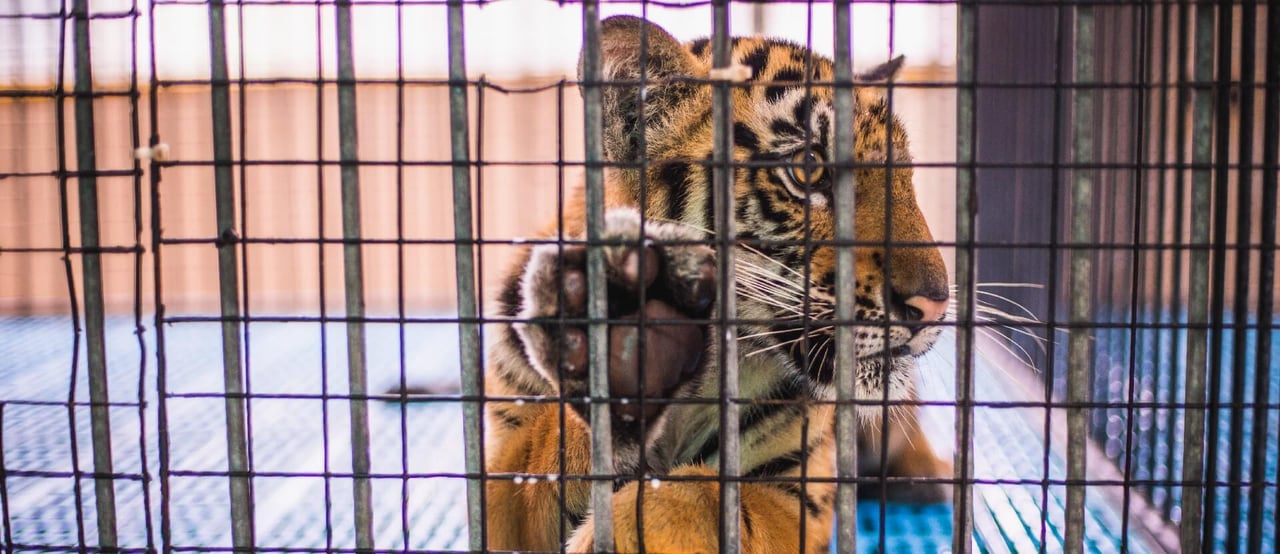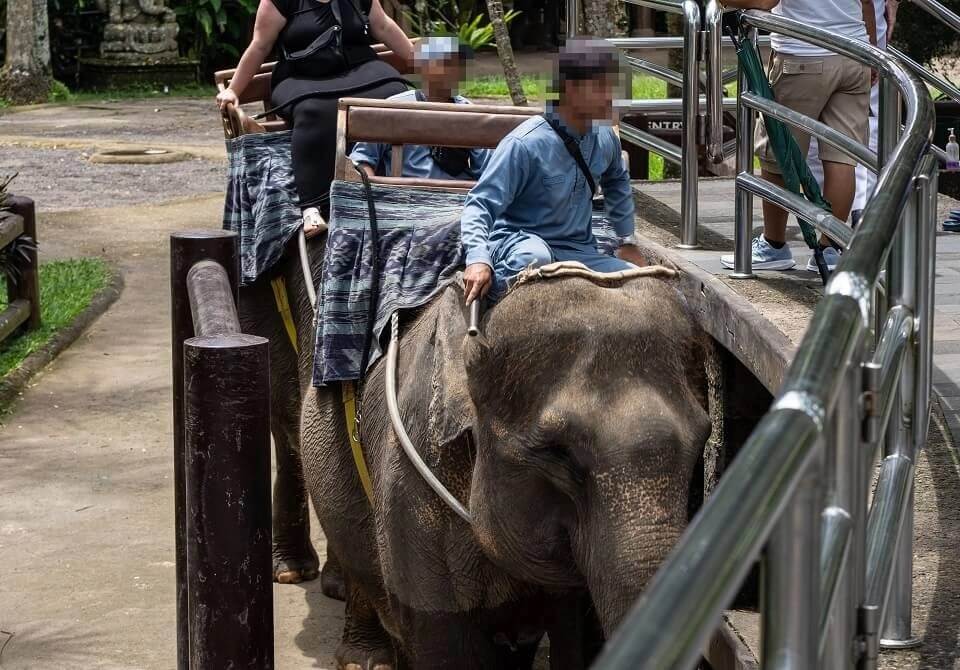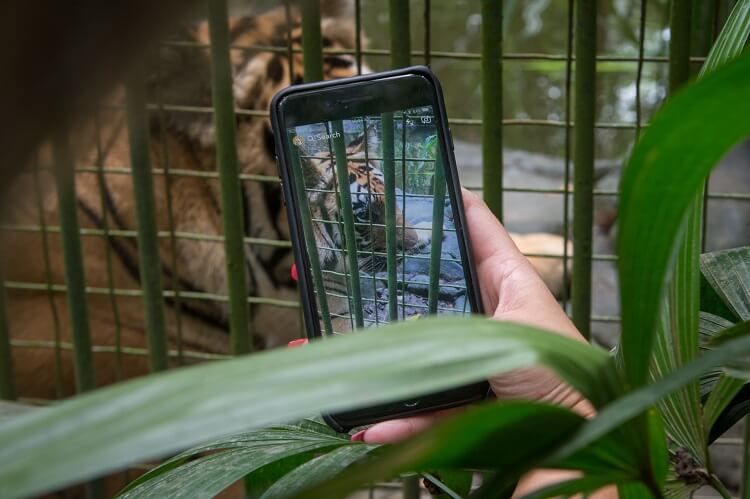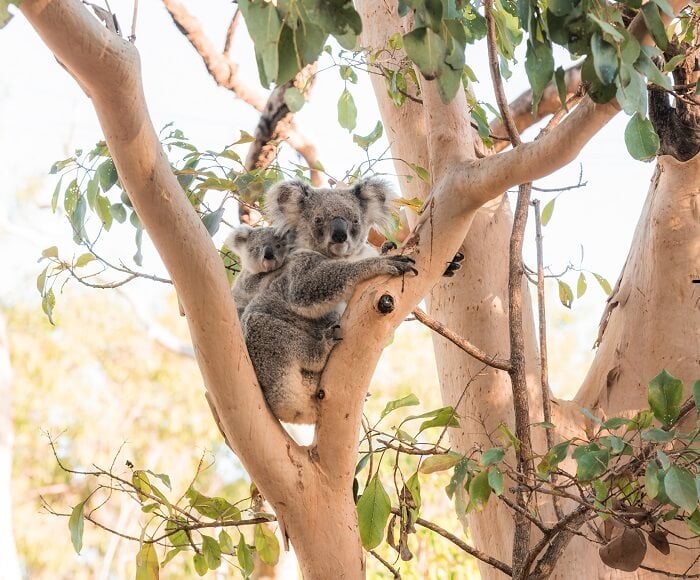Wildlife tourism
If a venue that houses wildlife allows you to ride, hug, cuddle or take a selfie with a wild animal, cruelty is surely involved.

Across the world and in Australia, wild animals are bred in captivity or captured, taken from their natural habitats, and suffer a lifetime of cruelty and abuse for commercial gain.
Whether it is watching tigers perform in shows, taking selfies with koalas, swimming with dolphins or riding elephants.
These activities can cause lifelong physical and psychological suffering for wild animals.

People love to see and learn about wild animals when they are on holiday. And because demand for captive wild animals in the entertainment industry is so high, these animals continue to be used and abused for profit in ever increasing numbers.
You can be part of a better future for wild animals. Please pledge to be an animal friendly traveller, and together, we can show the travel industry and venue owners just how many people won’t stand for wild animal cruelty.

Travel companies, tour operators and venue owners profit from some of the cruellest types of wildlife tourist attractions. And the demand for wildlife entertainment attractions has been growing globally.
The wildlife entertainment industry in Australia and around the world, is animal cruelty masquerading as innocent family fun, with unsuspecting visitors fuelling demand for close wild animal encounters.
Seeing a captive wild animal in an unnatural setting, forced to behave in an unnatural way, simply paints an unnatural picture of wild animals and their natural behaviour for visitors. So see wild animals in the wild where they belong.
We want wild animals to live a wild life, where they can thrive. And, together, we can end wild animal exploitation for commercial gain.

Most visitors love wild animals but don’t know about the stress and suffering these animals endure when they are cuddling, having a selfie or watching a captive wild animal perform in a show.
We know that people visit wildlife tourism attractions like zoos or theme parks because they love animals and want to learn more about them. Many are completely unaware of the suffering that occurs behind the scenes.
Reducing visitor demand for cruel captive wildlife encounters is vital to stop wild animals like koalas, tigers and dolphins being bred in captivity for our entertainment and profit. By working together we can educate ourselves and others to make animal friendly choices – pledge your support today.
Together we can stop the demand and end the cruelty.

If a venue that houses wildlife allows you to ride, hug, cuddle or take a selfie with a wild animal, cruelty is surely involved.
Read our 'Holidays that Harm' report and learn about the wildlife suffering at tourist venues in Bali and Lombok.